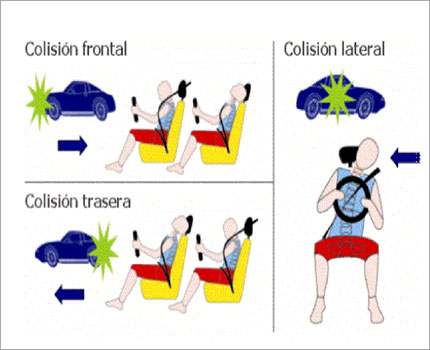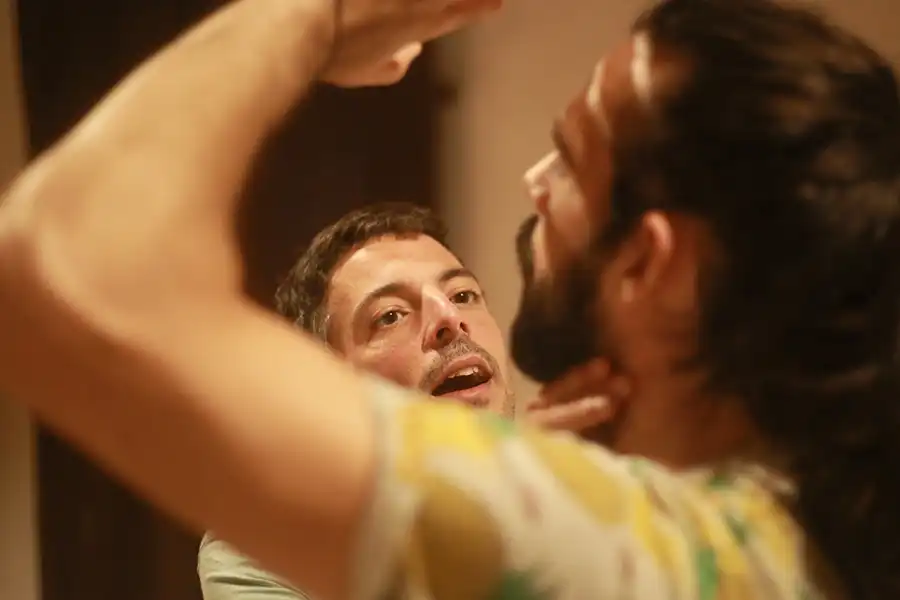
There are several kinds of headache, but one of the most common types is Tension Cephalgia this can happen at any age, but it’s more common in teenagers and adults.

¿qué es la Cefalea tensional?
Tension cephalgia is generally produced by the contraction of the muscles in the shoulder girdle, the back of the neck and the scalp, resulting in pain in different areas of the head. Those who suffer from it describe it as a band around the head that squeezes their head, eyes or sinuses. This pain can be fixed or move around. Some people try to lessen the pain by massaging the affected area. Others take painkillers, but experience a rebound effect if they take them too frequently.
How can Craniosacral Therapy (CST) help with the symptoms of tension cephalgia ?
Since the patient comes to the surgery with an altered general state, it’s important to try and reduce the cycle-per-minute pulsations of their cerebrospinal fluid. This will help to normalise their Nervous System (NS). The person will begin to relax and their breathing will become visibly deeper and slower. Through very gentle contact on the myofascial tissue of the shoulder girdle, we can contribute to an easier release of tension in the sub-occipital area. Later, we will review the state of the cranial cavity, the facial complex and we will release the sutures so as to get the right intracraneal pressure.
We must keep in mind that the cranium bones are mobile thanks to their joints, called sutures, but in the late 19th century/early 20th century, it was believed that the skull bones became ossified upon reaching adulthood, therefore the skull bones did not move at all.
Since then, there has been a lot of research on the subject, and it has been proven that this lack of mobility is related to a number of problems in the human body.




